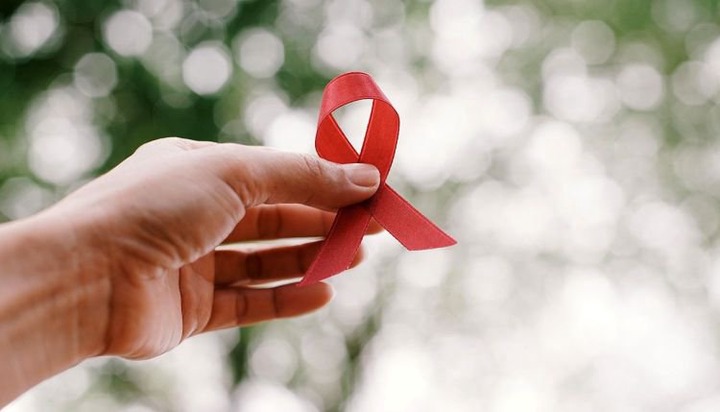This article focuses on helping you understand the safe, everyday interactions with individuals living with HIV that pose absolutely no risk of transmission.
✅ Everyday Ways HIV Is Not Spread
Here are the most common methods through which HIV cannot be transmitted, even if you’re in close contact with an infected person:
1. Touching, Hugging, or Kissing (Casual Contact)
You can hug, shake hands, and even kiss on the cheek or lips without any risk. HIV does not spread through skin or casual physical contact…..CONTINUE FULL READING>>>
2. Sharing Food, Drinks, or Utensils
HIV is not transmitted through saliva, and it cannot survive in the open air for long. Sharing plates, spoons, cups, or meals with an HIV-positive person is completely safe.
3. Coughing or Sneezing
HIV is not airborne. You cannot contract it from someone coughing or sneezing around you.
4. Toilet Seats and Bathrooms
Despite popular belief, using the same toilet, bathroom, or shower as someone living with HIV poses no risk of infection. HIV does not live on surfaces or in water.
5. Mosquitoes or Insect Bites
6. Sweat, Tears, or Saliva (Without Blood)
Normal sweat and tears do not contain the virus in infectious amounts. Even saliva carries only trace amounts of HIV, making transmission through kissing or sharing drinks extremely unlikely — unless both parties have deep, bleeding wounds in the mouth.
7. Being Around HIV-Positive Individuals
🚫 How HIV Is Transmitted
Just for clarity, here are the actual methods through which HIV can be spread:
• Unprotected sexual contact with an HIV-positive person
• Sharing needles or syringes
• From mother to child during childbirth or breastfeeding
• Blood transfusions or organ transplants with infected blood (extremely rare today due to screening)
🙌 Why This Matters
Misunderstanding how HIV spreads can lead to fear, discrimination, and stigma against those living with the virus. The truth is, people with HIV can live long, healthy lives and interact fully in society without posing any risk to others through normal contact…..CONTINUE FULL READING>>>

 HIV (Human
HIV (Human